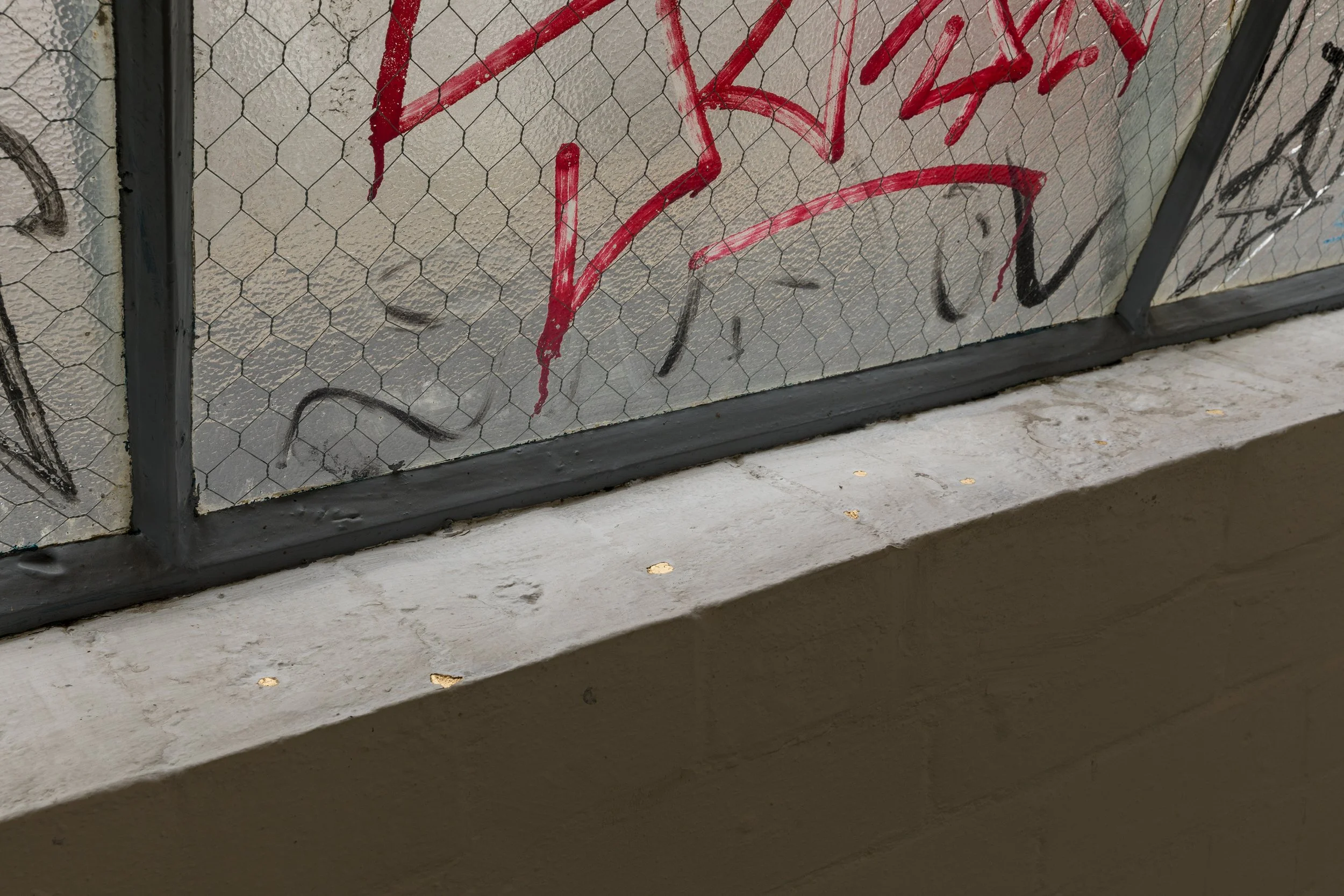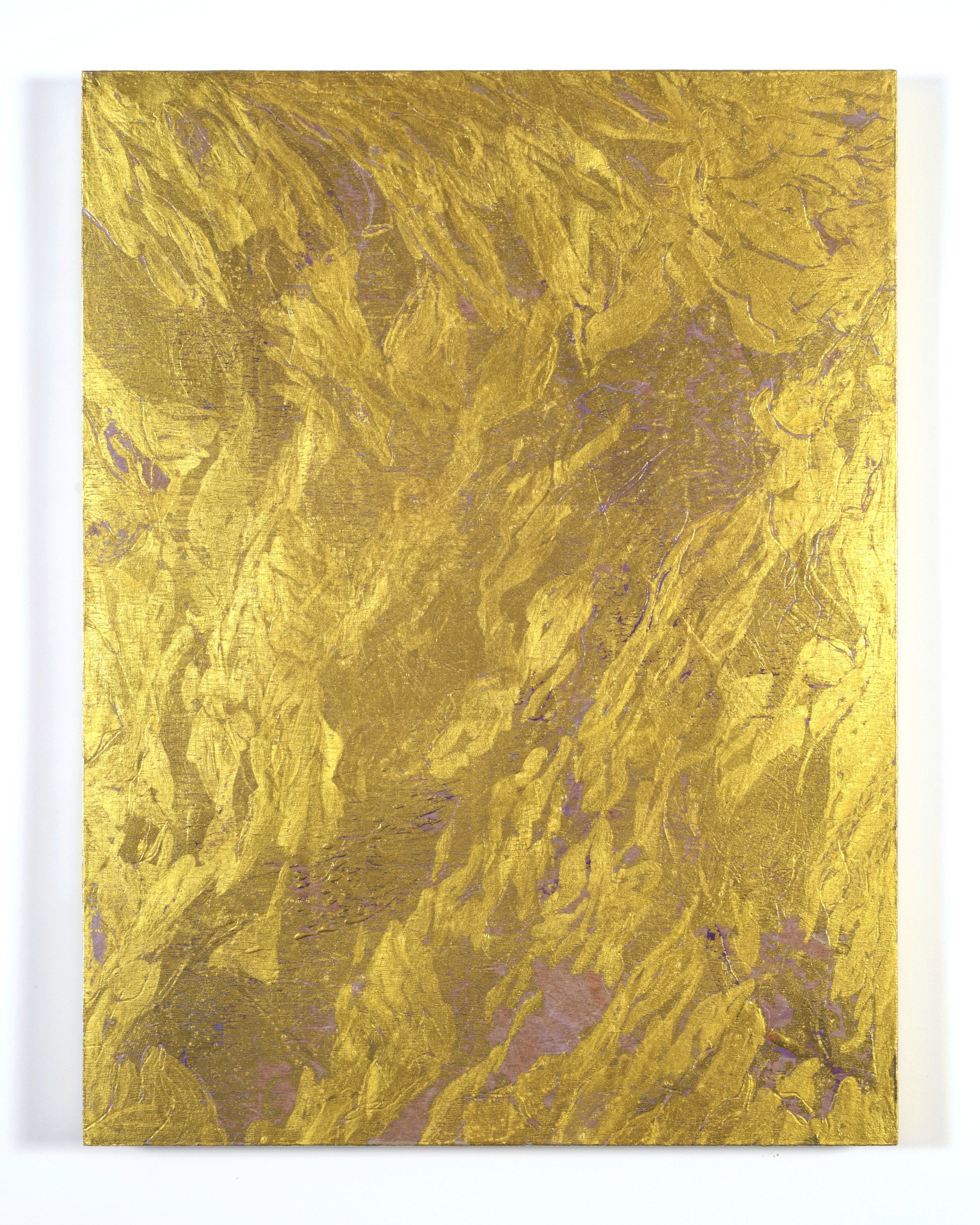The present demands of love
TCB Art Inc., 1-5 Wilkinson Street, Brunswick
14 December, 2022 - 22 January, 2023
The contemplative and active lives, are they separate or bound?
Oil and water, or unique threads woven into the same tapestry?
Or are they even more intimately integrated, as in an understanding of the human ontological composition as a spirit-body, a whole person, irreducibly both visible and invisible?
And if so composed, what is the binder, the loom, the composing force?
To love, to will the good of other.
Attending to the present need in the responsibilities of parenthood.
A transcendent pause to meet the needs of the heart.
To pause making for the good of the other.
Resuming to form an enriching encounter for the other.
The present demands of love is comprised of three bodies of work, each from the last three years. The first two were made in the domestic environment during Melbourne’s long lockdowns in the second halves of 2020 and 2021. During these periods James was unable to access his studio and was a full time stay-at-home dad with his son, a toddler, his workplace being non-permitted whilst his wife was an essential worker (ordinarily they co-share with their respective part-time jobs). The small amounts of time that James was able to secure respite care for his son (by someone else, or by his son napping) were either spent resting on the bed or making these works in the bedroom. Both the rest and the making in this environment were restorative lifelines during those uncertain and tenuous times.
As a parent to a young child, the daily meeting of basic needs takes the foreground. Meals, continence, play, washing, settling, disarming of meltdowns, threaded through with moments of delight (joy in their love, play, quirks), exasperation (meltdown after meltdown), relief (at the end of the day), and despondency (at seeing so few tangible progress markers from all the effort poured out). Someone from whom James sought counsel on seeking balance shared that the process of supporting young kids can be like a sponge, sucking up everything in you and from you (finances, emotional/psychological/physical energy, time…). Loving, i.e. intentionally willing, seeking and acting for the good of the other, is a challenging role.
Engaging in the making of these works, sometimes large, sometimes small, yet always labour intensive, in that uniquely unbalanced time, was, in a sense, a squeezing out of the sponge and using that which came out as pigment. The completion of a section on one of the paintings afforded a small, yet concrete, visible progress marker in the domestic limbo of lockdown. In the making of the large panel, Trust (2020), James, responding to the unique chatoyance of the Silk Oak woodgrain, would carve into the surface for as little or as long as his son’s afternoon nap lasted, half an hour, an hour, two hours, until he heard the waking cry. The three works on paper, made in late 2021, were painted amidst the darkness of the early morning hours (4.30-6:30am) or when James could secure respite in an afternoon, made by lamplight in both cases to ensure a raking light across surface of the near-invisible debossed underdrawings.
It must be said, however, that the works were more than just means for catharsis and coping. Being limited in external engagement, the internal was focused upon. Slow, incremental reading and reflection on Christian mystical texts fed into both the formal rendering and the sense of the works: Ephrem the Syrian’s Hymns on Paradise (fourth century), reflections of on the pre- and post-Fall, and pre- and post-Redemption, along with Richard of St Victor’s Benjamin Minor (twelfth century), a tropological reading of Jacob and his family members as steps in spiritual growth toward mature contemplation. The contemplative life and the solo studio experience have long been conflated for James (“ora et labora - prayer and work,” as the sixth century Rule of St Benedict encourages).
In 2022, in a time of rebalancing, rediscovery, and healing, James continued a practice of fragmenting paintings, later reassembling these pieces in unique configurations, on the floor and wall. Humble acknowledgment of the limitation of one’s capacity for understanding of the whole and its constituent parts, yet gently aware of being caught up in the universal. Fragments speak of the whole. On site at TCB Art Inc., red gold leaf was also utilised to patch, to mend, to heal areas of decay within the gallery space. Wounding and grace in the dust of the ground (and the windowsill), echoing the Incarnation.
With the parent-artist dynamic being ever fragile, these works are some of its fruits.



























